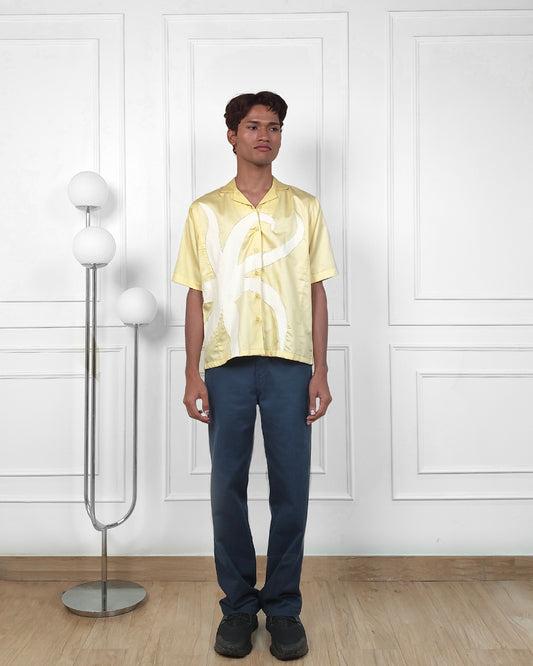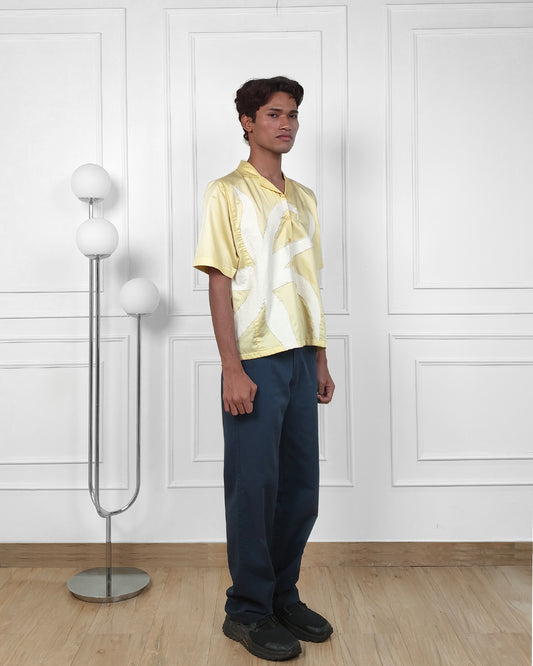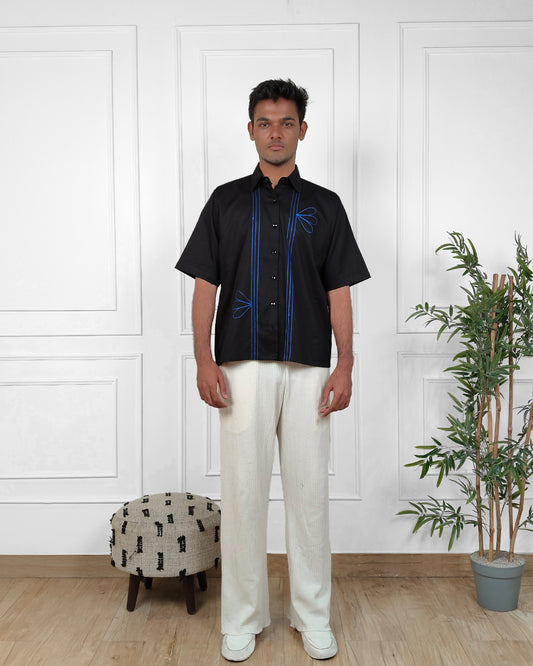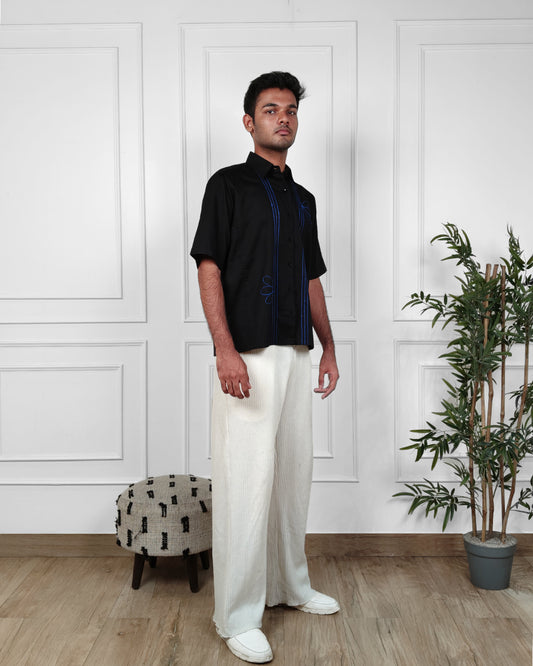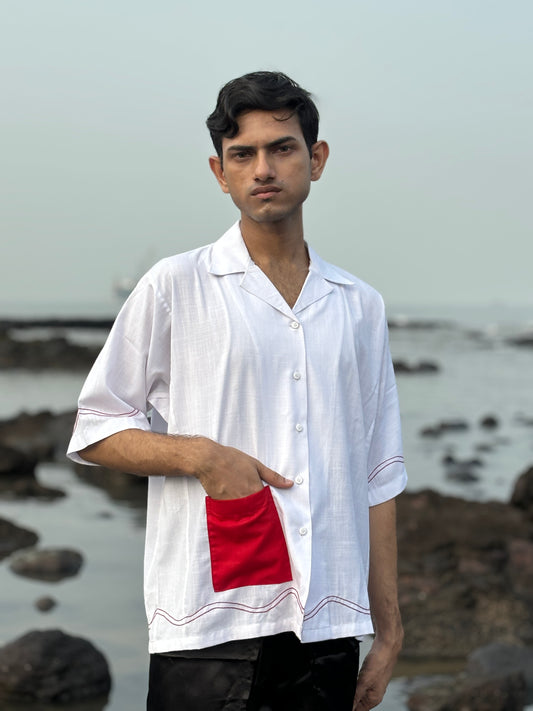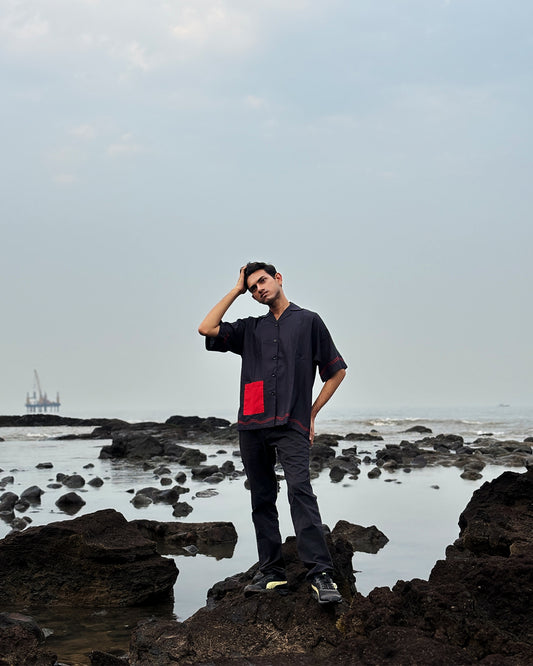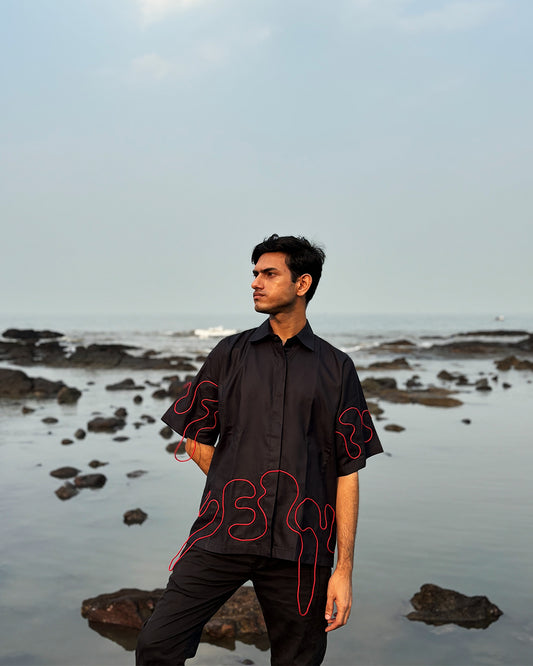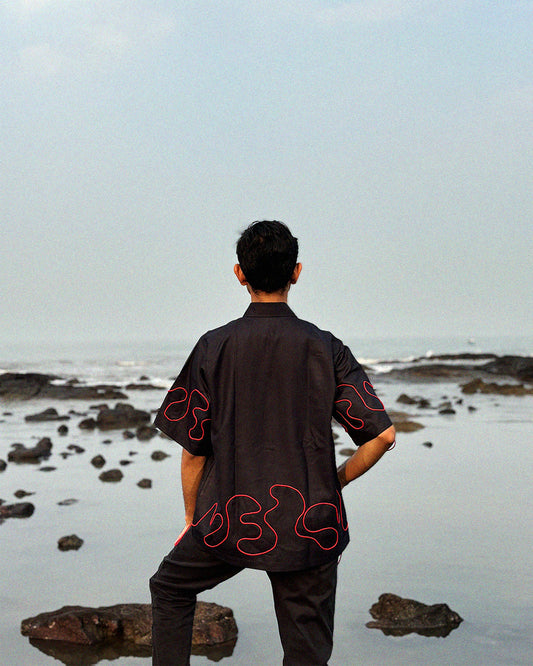
Sustainable Men's Fashion: A Growing Trend
The History of Sustainable Men's Fashion in Asia
Sustainable fashion isn’t a new concept. In Asia, it has deep roots that date back centuries. Traditional techniques such as hand weaving and natural dyeing have been used to create garments that are not only beautiful but also environmentally friendly. Countries like India and Japan have long histories of using sustainable practices in their textile industries. For instance, the Japanese philosophy of "mottainai," which emphasizes respect for resources and waste reduction, has influenced many contemporary designers (Hawley, 2020). In South Asia, traditional garments like sari and dhoti are a proof of sustainable fashion being an age old tradition.
As global awareness of environmental issues rises, these age-old practices are making their way to the West. Designers are increasingly looking to Asia for inspiration, blending traditional methods with modern aesthetics. This fusion has led to a surge in sustainable men’s fashion, showing that the movement is not limited to women's wear. For example ODITE - a zero waste label that has taken inspiration from the South Asian tradination zero waste garment Kalidar Kurta to make contemprory degendered zero waste shirts that are embroidered and appliqued by local artisans.
Sustainability Is Not Just for Women
It’s a common myth and misconception that sustainable fashion only caters to women. In fact, men’s participation in sustainable practices is on the rise. According to a 2021 study, about 60% of men reported that they consider sustainability when shopping for clothing (McKinsey & Company, 2021). This statistic illustrates a significant shift in consumer behavior, as men are becoming more conscious of the impact their purchasing decisions have on the environment.
The rise of conscious consumerism in the West is reshaping the fashion industry. Brands are increasingly held accountable for their practices, and many are responding by incorporating sustainability into their core values. Men are becoming more engaged in this conversation, recognizing that their choices can drive change.
Changing Buying Habits
- Increased Awareness: Consumers are becoming more informed about the environmental impact of fast fashion. The demand for sustainable fashion options is rapidly increasing.
- Willingness to Pay: Over 70% of consumers are willing to pay more for sustainable products (Deloitte, 2022). Eco-consciousness is particularly rising in the US, UK, Europe, and Australia.
- Brand Accountability: Brands that do not adapt to sustainable practices risk being left behind as consumers are prioritizing brands that demonstrate ethical production processes.
- Access to Options: A survey found that 62% of men are interested in sustainable fashion (McKinsey & Company, 2021). Men now have access to stylish, sustainable options that align with their values.
- ODITE’s Contribution: Brands like ODITE are leading by creating zero-waste embroidered and appliquéd shirts that combine style with sustainability. Their designs reduce waste while celebrating craftsmanship, proving that fashion can be both chic and responsible
Techniques of Sustainable Fashion
Sustainable fashion encompasses various techniques that aim to reduce environmental impact. Some popular methods include:
- Upcycling: Transforming old garments into new pieces, reducing waste and resource consumption.
- Natural Dyes: Using plant-based dyes to minimize chemical use and pollution.
- Boro: A traditional Japanese technique involving the patching and mending of textiles, emphasizing durability and the beauty of imperfections.
- Patchwork and Appliqué: Combining different fabric pieces to create unique designs, showcasing creativity while repurposing materials.
- Quilting: Layering and stitching together fabric pieces, often from discarded textiles, to create new, functional garments.
By adopting these techniques, a variety of stylish and sustainable menswear designs can appeal to conscious consumers.
Conclusion
Sustainable men’s fashion is on the rise, with roots in Asia and a growing presence in the West. As men become more aware of their purchasing power, they are demanding more from brands. By embracing sustainable practices, we can all contribute to a healthier planet while looking good.
References
- Deloitte, 2022. Global Powers of Luxury Goods 2022. [online] Available at: https://www2.deloitte.com/global/en/pages/consumer-business/articles/global-powers-of-luxury-goods.html [Accessed 23 October 2024].
- Hawley, J., 2020. Sustainable Fashion: What's Next? New York: Fairchild Books.
- McKinsey & Company, 2021. The State of Fashion 2021. [online] Available at: https://www.mckinsey.com/industries/retail/our-insights/the-state-of-fashion-2021 [Accessed 23 October 2024].
- Image credit - ODITE.IN

